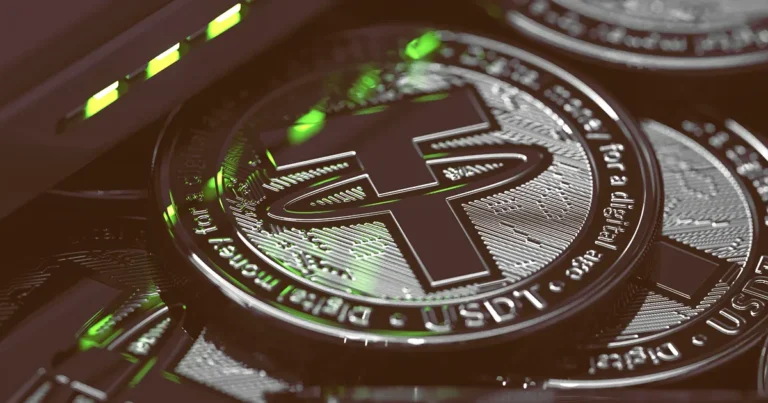4-4-2025 – Stablecoins have emerged as a cornerstone of the cryptocurrency world, offering a bridge between the wild volatility of digital assets and the steady reliability of traditional money. But what exactly are they, and why have they become so vital in today’s financial landscape? At their core, stablecoins are cryptocurrencies designed to maintain a consistent value, typically pegged to a stable asset like the U.S. dollar, euro, or even commodities such as gold. Unlike Bitcoin or Ethereum, whose prices can swing dramatically in a matter of hours, stablecoins aim to deliver predictability—a trait that has made them indispensable for traders, investors, and everyday users alike.
The mechanics behind the stability
The secret to a stablecoin’s steadiness lies in its backing. Some, like Tether (USDT) or USD Coin (USDC), are tied to fiat currencies, with issuers claiming to hold equivalent reserves in bank accounts—think of it as a digital IOU backed by real cash. A report from the U.S. Treasury in 2021 underscored the importance of such reserves, noting that transparency in these holdings is critical to maintaining trust. Others, such as DAI, take a different tack, using complex algorithms and over-collateralisation with other cryptocurrencies to keep their value in check. Then there are rarer breeds, like gold-backed stablecoins, which tether their worth to precious metals, offering a modern twist on an ancient store of value.
This stability isn’t just a technical trick—it’s a practical necessity. In the UK, where the Financial Conduct Authority (FCA) keeps a close eye on crypto innovations, stablecoins are increasingly seen as a potential gateway for blending traditional finance with the digital realm. Experts like Dr. Jane Thomason, a blockchain specialist at University College London, argue that stablecoins could streamline cross-border payments, cutting costs and delays that plague conventional systems. For instance, a British freelancer paid in USDC by an American client sidesteps the hefty fees and exchange rate headaches of a bank transfer.
Why Stablecoins matter
Picture this: you’re a crypto trader in Manchester, eyeing a sudden dip in Bitcoin’s price. With a stablecoin, you can swiftly park your funds in a safe haven without cashing out to pounds, ready to pounce when the market shifts. This agility has fuelled their popularity, with global transaction volumes soaring—Coinbase reported that USDC alone processed over $1 trillion in trades by late 2023. Beyond trading, stablecoins are carving out a niche in remittances, where migrant workers in cities like London or Birmingham send money home to places like India or Nigeria, dodging the slow grind of international wire transfers.
Yet their rise hasn’t been without scrutiny. Regulators worldwide, including the Bank of England, have voiced concerns about systemic risks if stablecoins scale too quickly without oversight. A 2022 paper from the bank warned that unbacked or poorly managed stablecoins could destabilise financial systems, especially if issuers fail to honour redemptions. This tension highlights their dual nature: a tool for innovation, yet a potential fault line if mishandled.

A global and local lens
In regions like Southeast Asia or Africa, where currency volatility is a daily reality, stablecoins offer a lifeline. Take Nigeria, where the naira’s fluctuations have driven adoption of USDT for everything from savings to online purchases. Closer to home, the UK’s fintech scene is buzzing with stablecoin experiments—think of Ripple’s RLUSD, which Kraken recently listed, aiming to pair stability with blockchain efficiency. These developments signal a shift: stablecoins aren’t just a crypto curiosity; they’re reshaping how money moves, both globally and in Britain’s own backyard.
Looking ahead
Stablecoins sit at a fascinating crossroads. They promise to fuse the borderless freedom of cryptocurrencies with the dependability of pounds or dollars, but their future hinges on trust and regulation.


